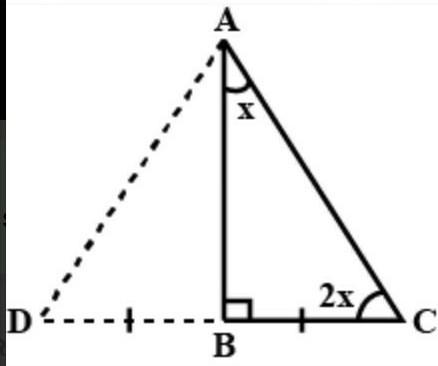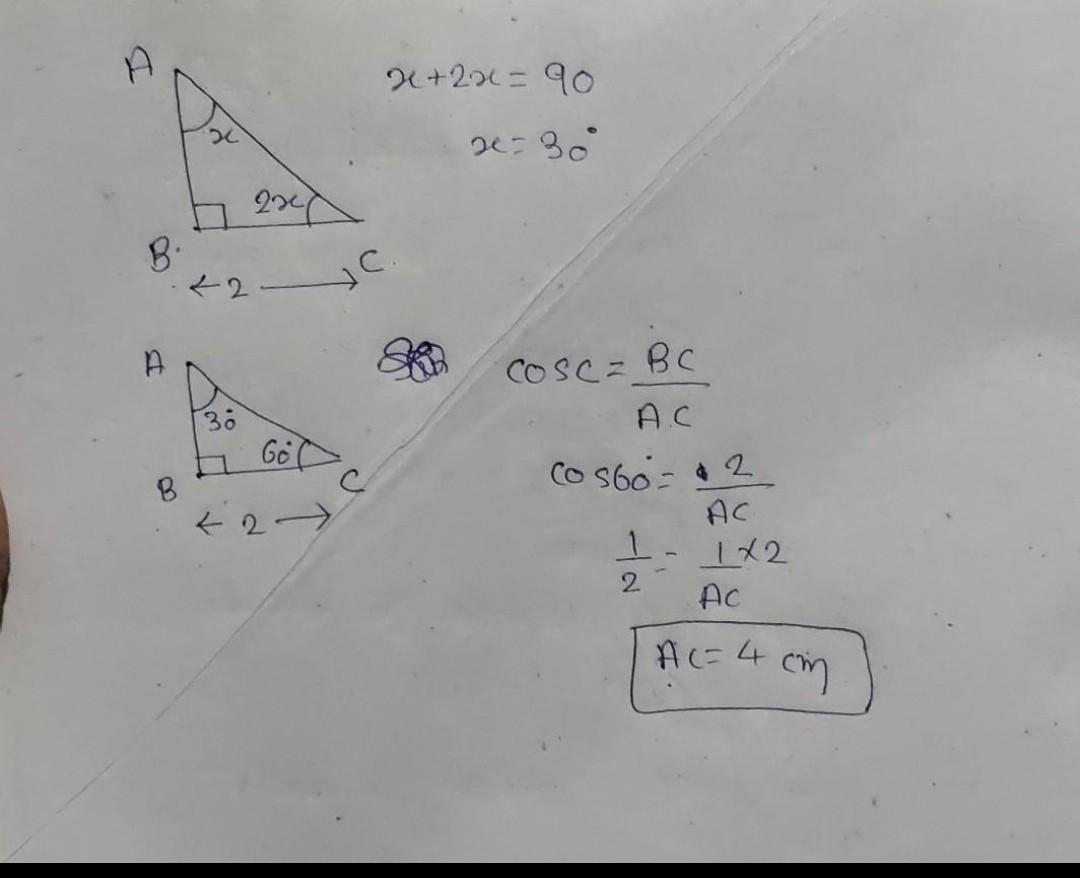SHORT ANSWERS: If you dig two small plants with roots and plants them separately without root. What you will observe. Explain with reason.
-
Subject:
Biology -
Author:
emileechan -
Created:
1 year ago
Answers 1
Answer:
We will Observe that the plants will die slowly
Explanation:
If the plants are planted without roots then the plants won't be able to absorb minerals and water from the soil which are essential for their growth and an important part of Photosynthesis. So the plants will slowly die.
Hope this Answer Helps You
-
Author:
hailieshea
-
Rate an answer:
1
If you know the answer add it here!
Choose a language and a region
How much to ban the user?
1 hour
1 day
100 years



